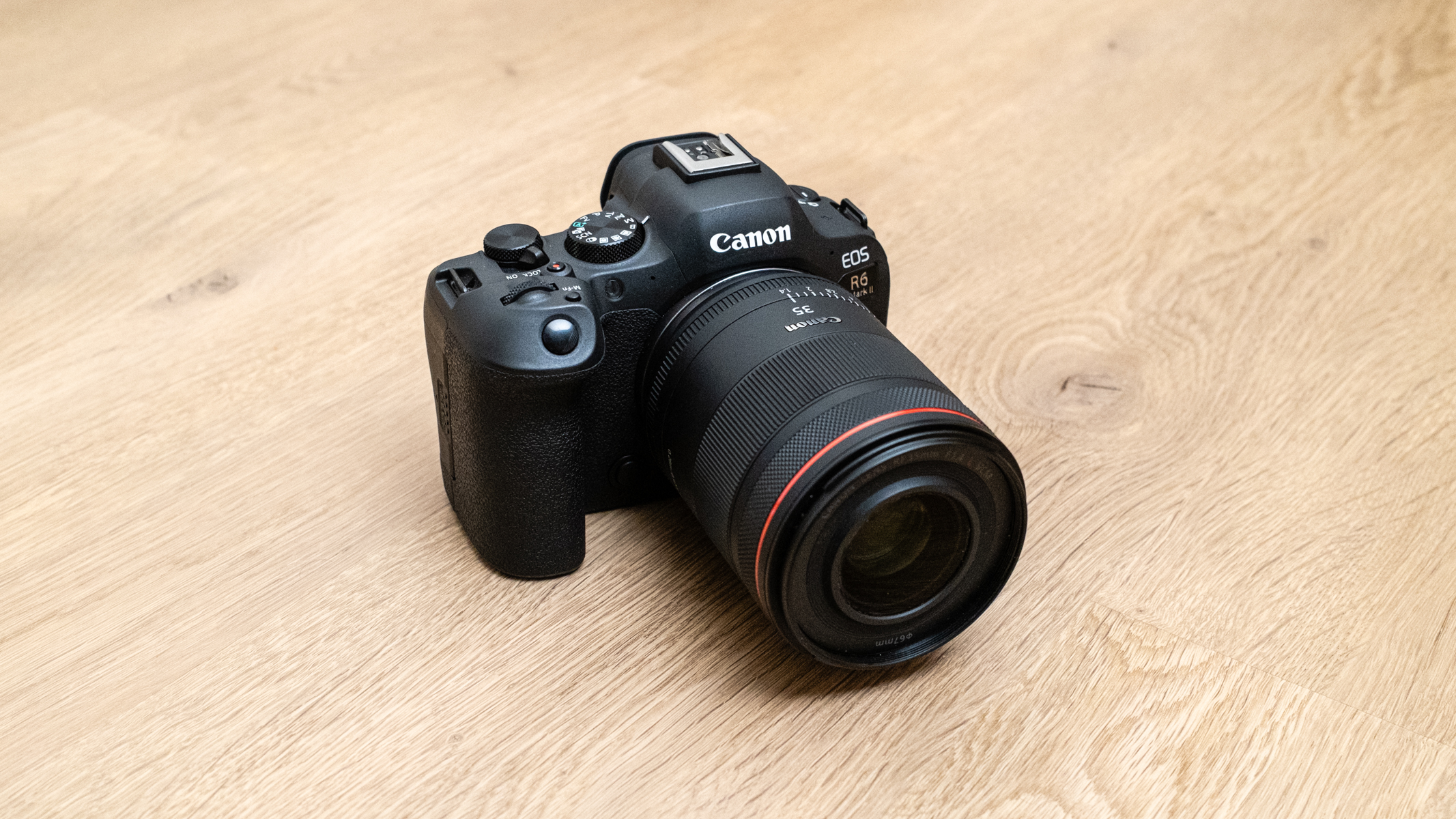Does LED Technology Offer Better Value Than LCD in the Long Run?

Control rooms, businesses, and even events have started using video walls as a means to provide unforgettable visual experiences. Understanding the mechanisms and possible use environments in comparison to performance capabilities for LED and LCD video walls is essential when trying to decide between the two. Each wall type has its distinctive advantages tailored to specific needs.
The Key Differences Between LED and LCD Video Wall Displays
1. Technology and Structure
A video wall LCD, also known as liquid crystal display, consists of panels that intricately backlight liquid crystals to project images. They are frequently placed in tiled form and are renowned for their ability to produce clear images alongside high resolution. LED displays, or Light Emitting Diode Displays, rank below LCDs in sophistication since they don’t require backlighting; they shine light through individual diodes located on the surface.
Because of this, LED displays do not have borders meaning they are seamless, while LCDs possess bezels even in ultra-narrow models.
2. Brightness and Viewing Distance
LCD video walls tend to spend on the brighter side of the spectrum compared to their LED counterparts which means they are the go to for sunny and outdoor locations. They are able to achieve higher nit measurement of brightness guaranteeing visibility even in direct sunlight. While exceeding in brightness, LCDs are more suitable for enclosed environments where light is not overwhelmingly present.
3. Colour Accuracy and Image Quality
For detailed content viewing, broadcast studios and medical imaging require extremely accurate colour uniformity, an area where LCD video walls still excel. LED Displays have come a long way with regard to precision, but are still slightly behind high-end LCDs.
Meanwhile, LED video walls improve the visual experience in entertainment or advertising by ensuring deeper blacks and higher contrast ratios.
4. Maintenance and Durability
In terms of durability and lifespan, LED Displays reign supreme, especially in high traffic or outdoor areas. They enable individual module replacement with little disruption to the rest of the system; unlike traditional liquid crystal displays that are far more fragile and need full panel replacements when damaged.
In addition, LED walls offer a significant advantage over LCDs in retaining static images for long periods of time, as they are not as prone to burn-in or image retention.
5. Cost and Installation
For smaller installations, LCD video walls are considerably more affordable, though economically unfavourable in the long run due to increased maintenance expenses. The upfront cost of LED video walls is greater, but their reduced maintenance needs can result in better value over time.
Both types differ in installation because LCD panels are arranged in a grid configuration with small gaps between them, whereas LED screens are often constructed from modular cabinets that are more easily tailored in dimensions and form.
Conclusion
In other words, deciding to buy an LED video wall or an LCD video wall is an issue which needs to be looked into very deeply considering factors like the placement, content type, viewing distance, and financial costs. Both have impressive characteristics, and capabilities but understanding the needs specific to one's situation will enable an informed decision.
For businesses and event organizers across the UAE, My Device Star Technologies LLC offers tailored high-quality Video Wall Rental Dubai services that cater to the size and placement of the event alongside the content required. With extensive expertise, we ensure striking displays with LED or LCD layouts that capture attention and elevate event visuals.
For more information, visit our website at www.laptoprental.ae or call us at +971-55-1347228.








































































